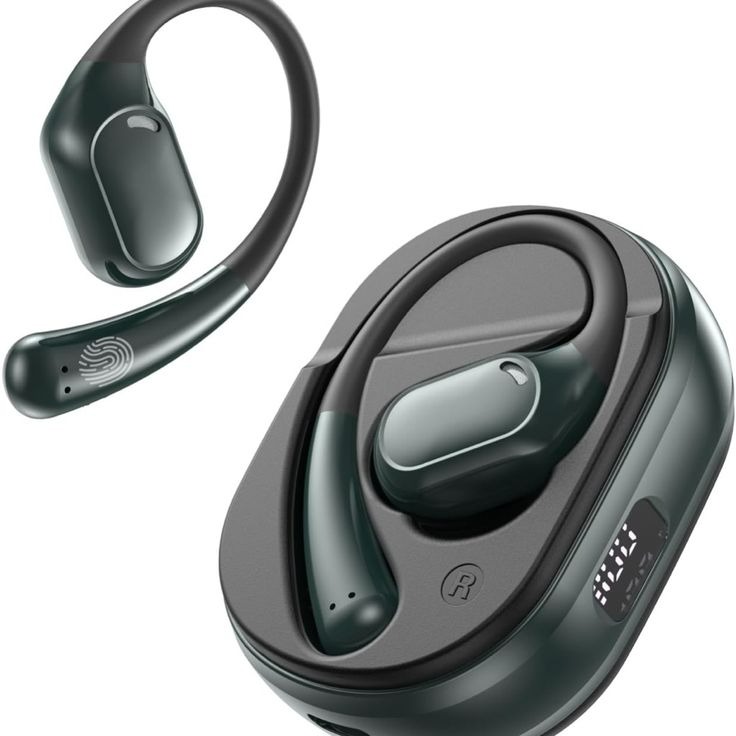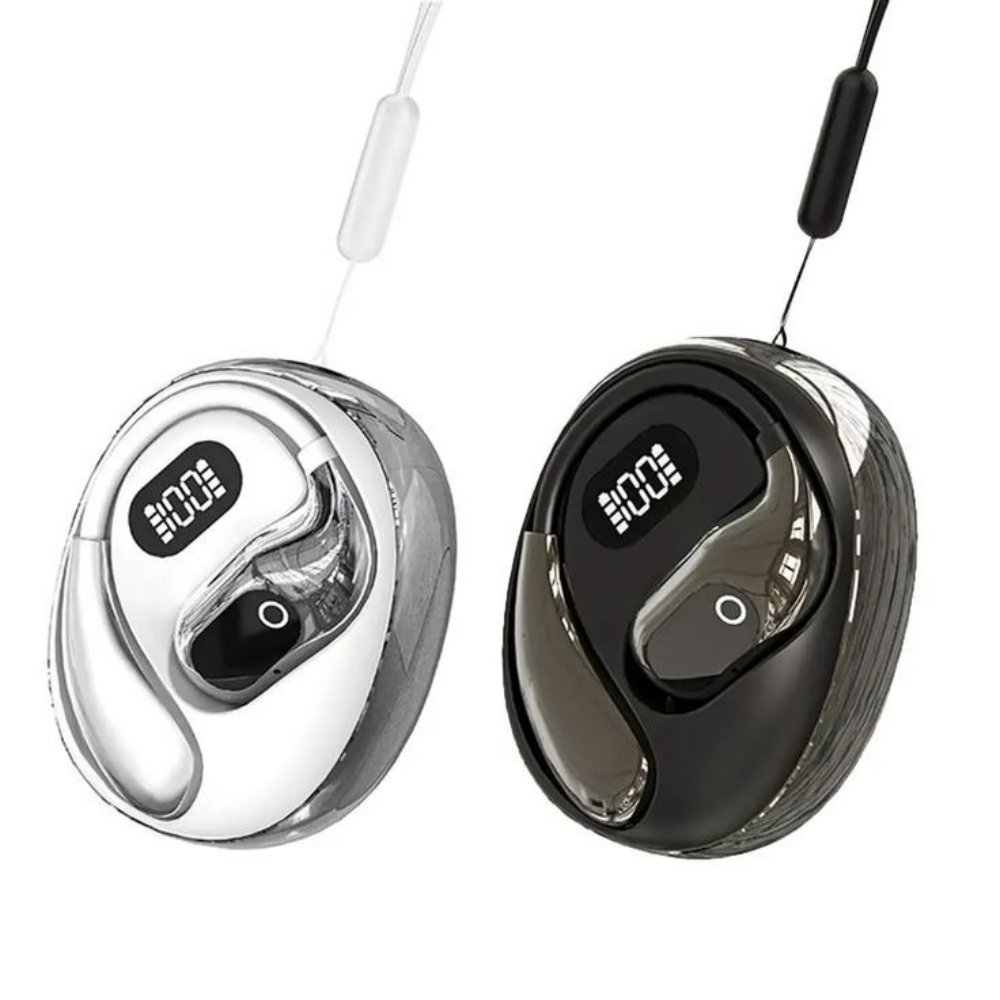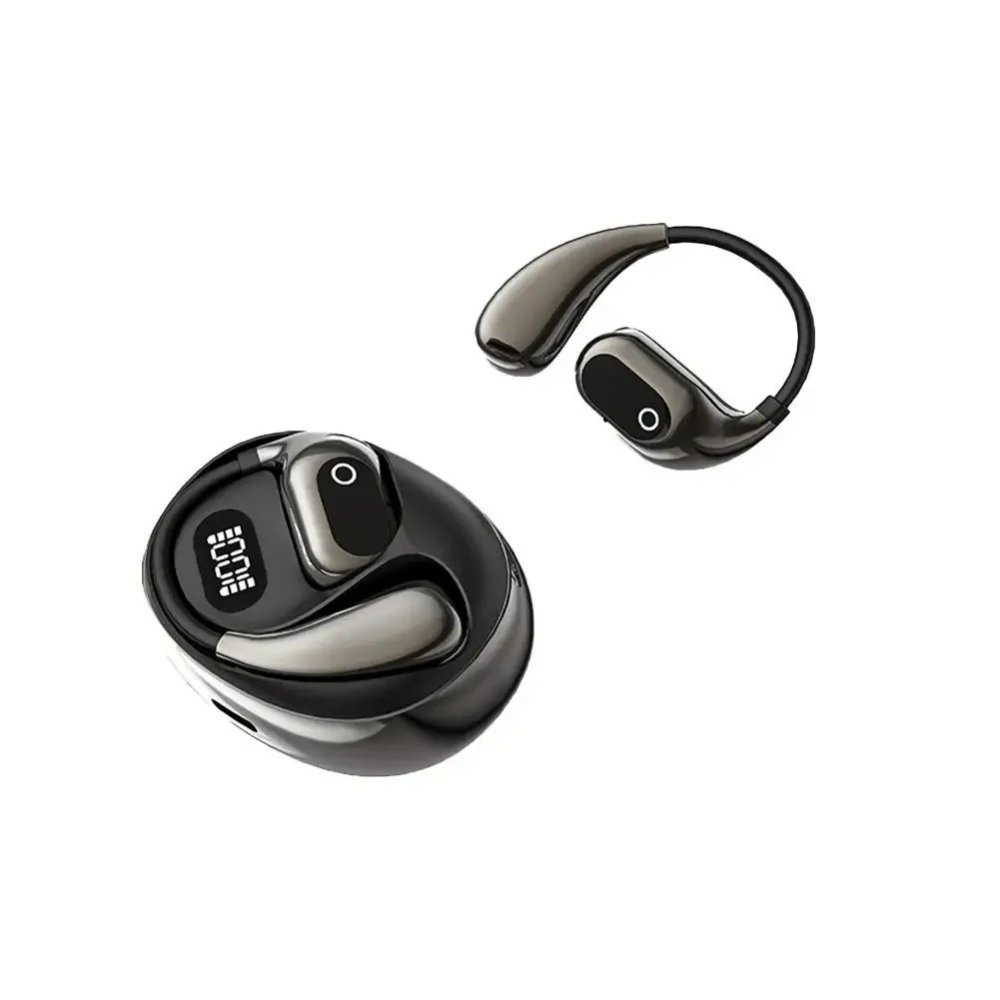Introduction to Translation Headsets
Translation headsets bridge language barriers. These devices provide instant translation, enabling real-time conversation between different language speakers. With advanced technology, they make international communication smoother. Individuals and businesses alike use them to enhance understanding and connection.
Translation headsets typically consist of a pair of headphones with a built-in microphone. They connect to an app or a software which processes the speech. The software translates it into the desired language almost instantly. Users hear the translation through the headset.
The key lies in speed and accuracy. The best translation headsets offer near real-time translation. They understand context and colloquialisms, ensuring the message stays true to its original meaning. The technology behind them is complex, involving voice recognition, language processing, and machine learning.
Today, a wide variety of brands and models are available. Each offers different features to suit various needs. Some appeal to travelers and tourists, others to corporate professionals. The common goal is to help users communicate without language limits. As we look at translation headsets, we’ll explore how they work, what to consider before buying, and how to use them effectively. We’ll also examine their real-world applications and the future of translation technology.
By understanding these aspects, one can choose the right translation headset. It should align with personal requirements or business needs. In next sections, we’ll delve deeper into the technology and review top models available today.

The Technology Behind Translation Headsets
The technology powering translation headsets is fascinating. It involves several cutting-edge fields that work together to break down language barriers. Here’s how it works:
- Voice Recognition: The process begins when the headset’s microphone picks up spoken words. Voice recognition software identifies the words and phrases, even in noisy environments.
- Language Processing: Next, the software analyzes the recognized speech. It digs into the structure and grammar of the language. This step is vital for accurate translation.
- Machine Translation: At the heart of the technology is machine translation. This turns the processed language into the target language. It uses complex algorithms and vast language databases.
- Synthesized Output: Finally, the translated words are converted into speech. Advanced text-to-speech engines deliver the translation through the headset. The result is a seamless voice that users can understand.
Behind these steps are powerful processors and AI algorithms. They ensure the translation is not only fast but also contextually accurate. With improvements in artificial intelligence, the accuracy of translation headsets continues to rise.
Such technology makes it possible for travelers to navigate foreign countries with ease. It enables businesses to conduct international meetings without language specialists. These devices have indeed revolutionized the way we communicate across cultures.
Top Translation Headset Brands and Models
When considering translation headsets, it’s essential to know the top players in the market. These brands have invested in perfecting the technology that makes real-time translation possible. Here are some leading brands and their popular models:
- Google: Pixel Buds – These earbuds offer real-time language translation for a vast number of languages when paired with Google Translate on a Pixel phone.
- Waverly Labs: Ambassador Interpreter – A standout for its design, the Ambassador allows for over-the-ear wearing and is perfect for professionals seeking a reliable translation tool.
- Timekettle: WT2 Plus – Timekettle’s WT2 Plus earbuds facilitate natural and hands-free conversations, translating languages bi-directionally as you speak.
- iTranslate: Converse – Offering a simple design, Converse turns your phone into a translation device with easy-to-use headset functionality.
- Pilot Speech Translator by Waverly Labs – The Pilot offers earpiece translations in multiple languages and comes as a complete set perfect for travelers.
Each model excels in certain aspects like comfort, the range of languages, or battery life. For example, the Pixel Buds integrates seamlessly with Google services, while the Ambassador Interpreter emphasizes professional use with its over-the-ear design. The WT2 Plus by Timekettle is known for its simultaneous two-way translation, making conversations flow smoother.
While these are just a few examples, many other brands offer competitive products. The key is to assess which model suits your specific needs best, whether it’s for leisure travel or international business. Remember to consider the headset’s compatibility with your devices, the number of languages it supports, and the longevity of its battery life when making your choice.
In the next section, we’ll dive into the features that are a must-have in any translation headset, to help you refine your options further.

Features to Look for in a Translation Headset
Choosing the perfect translation headset can be daunting. Key features determine the headset’s performance and user experience. Pay attention to these must-have qualities when selecting a translation headset:
- Speed of Translation: Quick response time is crucial. It ensures smooth conversation without awkward pauses.
- Number of Languages Supported: More languages mean broader communication capabilities. Look for headsets offering extensive language options.
- Accuracy of Translation: High accuracy maintains the original message’s integrity. Choose headsets known for precise translations.
- Battery Life: Longer battery life is essential for extended use, especially while traveling. Check the battery specs and user reviews for real-world insights.
- Comfort and Design: A comfortable fit is important for prolonged wear. Consider the design, weight, and how the headset sits on or in your ears.
- Ease of Use: User-friendly interfaces make a difference. Simple controls and clear instructions will enhance your experience.
- Connectivity Options: Compatibility with various devices is a big plus. Ensure the headset pairs well with your smartphone or other devices.
- Durability: A robust build will withstand the rigors of travel and frequent use. Look for quality construction and materials.
- Brand Reputation and Support: Strong customer support by a reputable brand adds assurance. Read reviews and check for warranty offerings.
By focusing on these features, you can find a translation headset that meets your communication needs. In the next section, we’ll provide tips for using translation headsets effectively.
Tips for Using Translation Headsets Effectively
To make the most of your translation headsets, here are practical tips to enhance communication:
- Familiarize with Device: Spend time learning how your headset works. Check the manual.
- Keep it Charged: Always start with a full battery. Avoid losing power in important talks.
- Speak Clearly: Articulate well for the software to recognize speech accurately. Slow down if needed.
- Use Simple Language: Stick to clear, simple phrases. It makes translation more reliable.
- One Speaker at a Time: Prevent confusion. Let one person speak before another responds.
- Limit Background Noise: Find a quiet spot. Background sounds can disrupt voice recognition.
- Update Software Regularly: Install updates. They often include improvements and new features.
- Practice Non-Verbal Cues: Pair words with gestures. It helps convey messages beyond speech.
- Be Patient: Give technology time to process. Understand there might be slight delays.
- Have a Backup Plan: In case of tech issues, be ready with an alternative communication method.
Using translation headsets effectively can revolutionize your international interactions. Implement these tips to ensure clear and smooth conversations across languages.

Real-world Applications of Translation Headsets
Translation headsets have reshaped communication across various sectors. They are not just tools for tourists; many fields benefit from their capabilities. Let’s explore several real-world applications where these devices prove invaluable.
- Travel and Tourism: Translation headsets are a boon for travelers. They break down language barriers, making exploration and interaction smoother.
- International Business: These headsets enable clear conversation during global meetings, without language misunderstandings.
- Healthcare: In hospitals and clinics, they allow staff to communicate with patients, regardless of language differences.
- Education: Educators use translation headsets to engage with students from diverse linguistic backgrounds.
- Customer Service: Support teams assist international customers more effectively, ensuring better service.
- Public Services: Governments equip staff with translation headsets to better serve linguistically diverse communities.
- Events and Conferences: Headsets assist in real-time interpretation for audiences during multilingual events.
In each scenario, translation headsets help to streamline communication and foster connections. They are powerful tools for overcoming the challenges of a multilingual world. They contribute to the globalized nature of our interactions today.
The Future of Translation Technology in Headsets
As we look ahead, the future of translation headsets promises even more advancements. Here are some trends and developments to expect in this exciting field:
- Enhanced Accuracy: Technology will evolve, making translations more precise and contextual. This means fewer errors and more nuanced understanding.
- AI Improvements: Artificial intelligence will become more sophisticated. It will better grasp idiomatic expressions and slang, bridging cultural nuances in communication.
- Real-time Translation: The delay in translation will reduce further. Instantaneous conversions from one language to another will make conversations feel more natural.
- Extended Language Support: More languages and dialects will be covered. This will help users to communicate in even the most remote languages.
- Wearable Integration: Translation headsets might integrate with other wearables. Imagine smartwatches and glasses working together with headsets for a seamless experience.
- Offline Capabilities: Developers will work on offline translation features. No need for an internet connection to break down language barriers.
- Improved Battery Life: With battery technology improving, users can expect headsets that last longer on a single charge. Ideal for long trips or busy work days.
- Gesture and Voice Control: Advanced controls will make headsets easier to use. Simple gestures or voice commands will navigate functions without interrupting the conversation.
- Personalized Experience: Headsets may offer personalized settings. Customizable for preferred languages and voices, adjusting to the user’s usage patterns.
The future is bright for translation technology in headsets. These improvements will continue to transform how we interact in our increasingly global society.
Choosing the Right Translation Headset for Your Needs
When it comes to selecting a translation headset, your specific requirements take priority. Opt for a device that supports the languages you often encounter. Identify your primary use, be it for travel, business, or social interaction. Look for headsets with a comfortable design, especially if you will wear them for long periods. Check the battery life to make sure it caters to your daily usage. Ensure the headset has good sound quality for both input and output.
Consider ease of use, as complicated settings can hinder your experience. A user-friendly interface that makes operation straightforward is essential. Analyze customer reviews to assess real-world performance and reliability. Factor in the cost and determine if the features justify the price tag. Lastly, a trusted brand with good customer support is a wise choice, offering peace of mind.
Remember these points and you’ll find a translation headset that fits your needs perfectly. Allow it to bridge language gaps and open new doors to global communication.